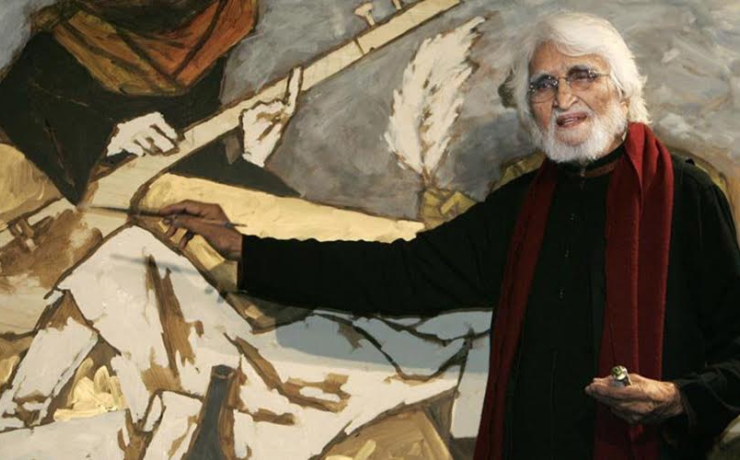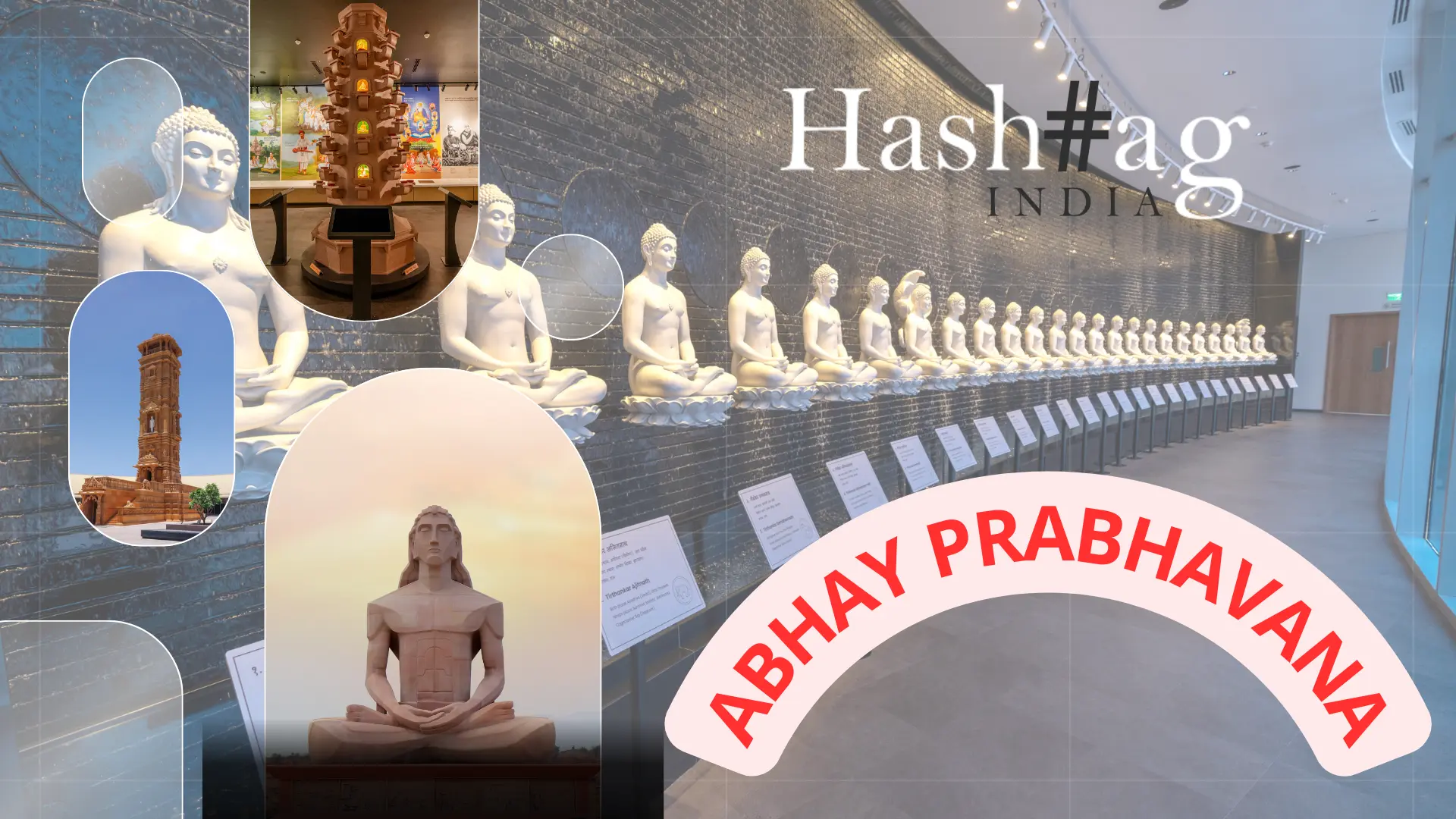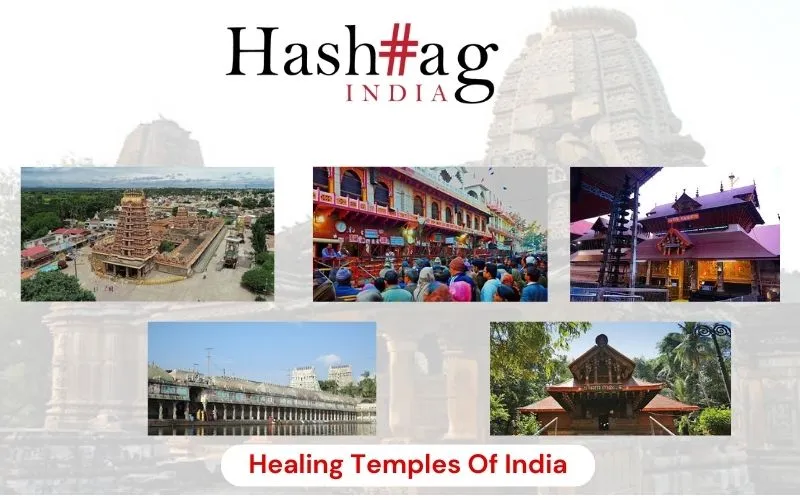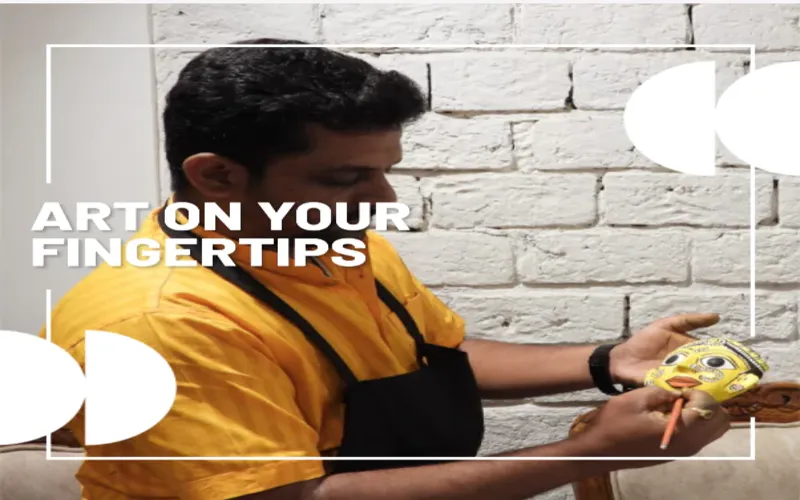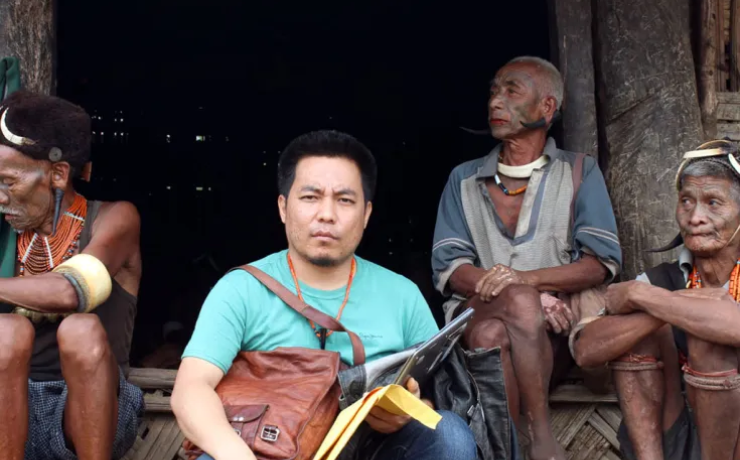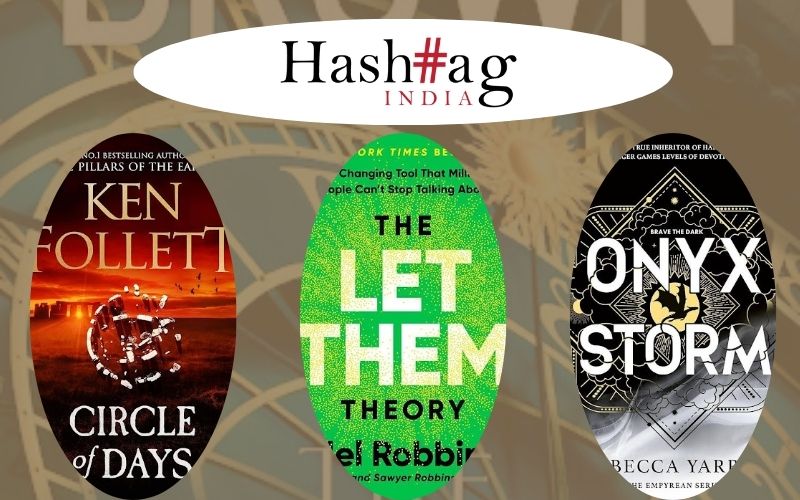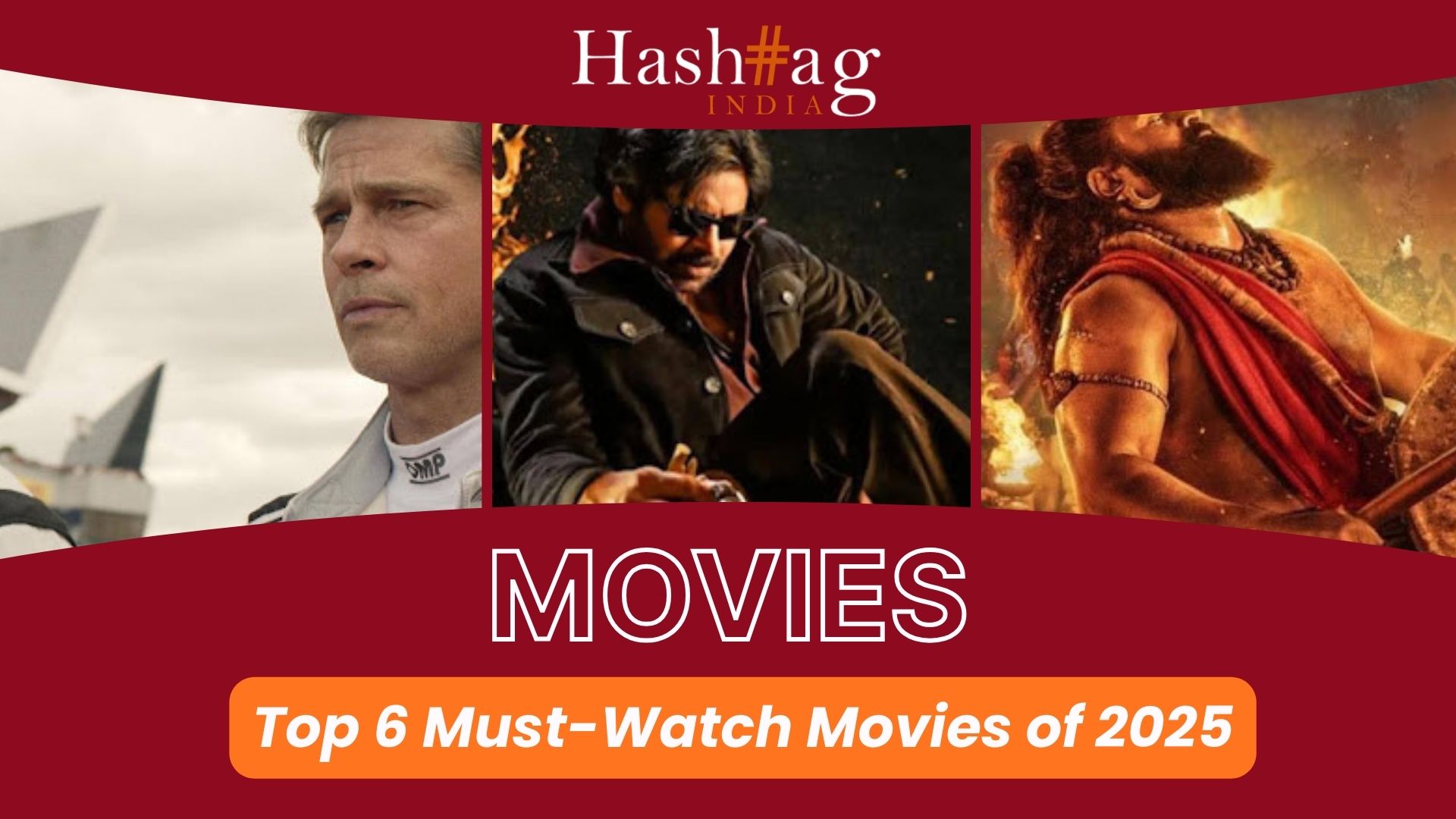Introduction:
Born in 1915 in the small town of Pandharpur, Maharashtra, M. F. Husain, grew up artistically inclined. At the age of 20, he moved to Bombay, the city of dreams. He was inspired and humbled by the trials of the city, and he took in every opportunity that would fuel his artistic quest. The only comfort came in the confluence of his two passions- painting and cinema. He began his career painting cinematic billboards, which adorn the streets he had hitherto aimlessly roamed. Through the 1940s, he worked relentlessly to establish his artistic footprint. And after spending a year at the Sir JJ School of Art, he got further involved in deciphering the continuity of art; as an anarchic dialect that tied together and retained its rich history and embraced modern innovations. On the occasion of his birthday, here are five important series of works by M.F. Husain, compiled by Sunny Chandiramani, Vice President Client Relations of AstaGuru Auction House.
Five Important Series by M.F. Husain
Horses: On the global platform, M.F. Husain was seemingly synonymous with his paintings of horses. Capturing his rendition of the beast in the full force of their majestic gallops, the artist created works that surpassed the usual realm of discernment and evoked sublime emotions in the viewer. He once said, “The cavalcade of my horses is multidimensional.” His valiant brush strokes were just reigns that eventually set his horses blazing across canvases.
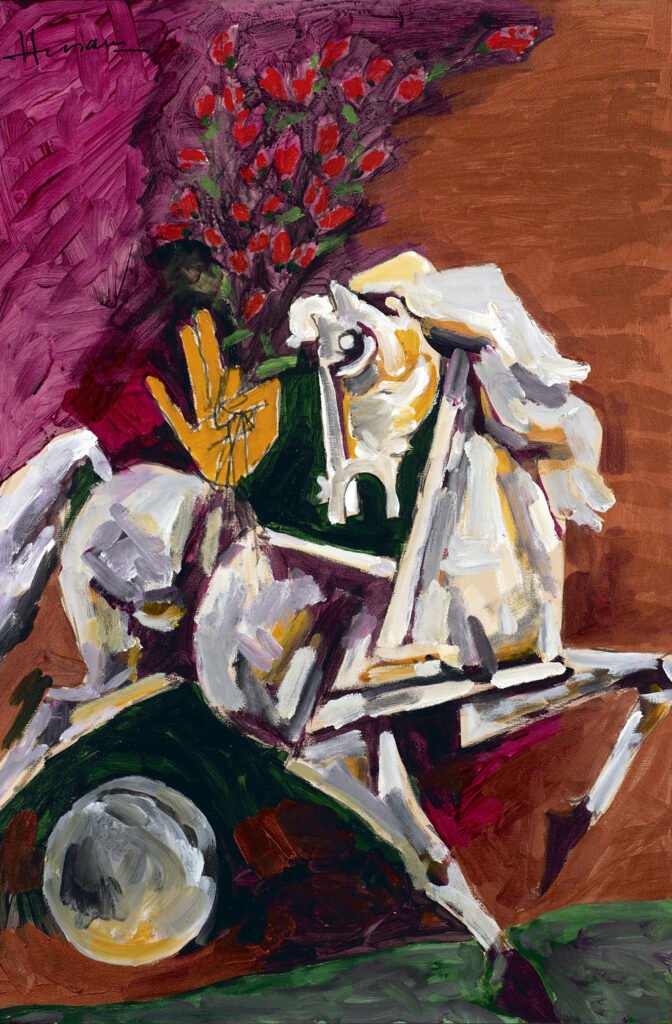
Mother Teresa: M.F. Husain began depicting the visuals of Mother Teresa in the year 1980. The said series is considered to be amongst his most revered, as well as personal because the artist yearned to fill the void of having lost his mother during his childhood. Through this series, he showcased the profound impact the saint had on his life and work.
The extended and momentous drape with a blue border is symbolic and perfectly represents the aura of Mother Teresa. For the artist, merely depicting Mother Teresa based on her countenance didn’t encapsulate the essence of her spiritual magnitude. And therefore M.F. Husain, methodized a treatment, barring her human presence, exuding her gracious, maternal virtuosity.
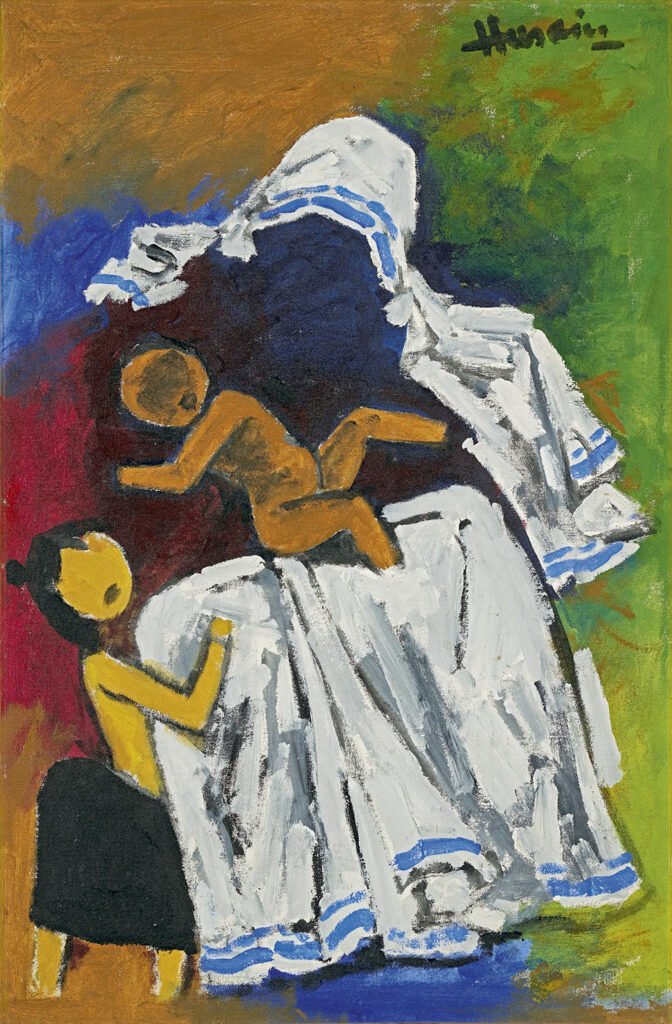
Theorema: M.F. Husain was an ardent believer of secularism and took great pride in India’s diversity. The artist created a unique collection of paintings dedicated towards the theme of religion and faith. He executed the works by retaining the pictorial religious symbols in tandem with the efficacy of his artistic persona and style. M.F. Husain’s concern about the devotion of humans and the aura of divinity inspired him to create an impressive ten-panel series titled Theorama. Executed during the early 1990s, these awe-inspiring creations were an elaborate homage to ten globally followed faiths. He etched the essence of the respective religion’s canons with precision and immense reverence. Executed on a monumental scale, this work elucidates his ideal vision.

The British Raj: The multifarious canvases of the British Raj Series are playful, where tableaus of Indian and British subjects come together with important elements of Indian culture in a satirical visual commentary. The caricatures reminiscent of the dominant colonisers, indolent Maharajas and their bejewelled queens, petty babus, and voiceless servants offer an insight into the social, political, and economic realities of life in India as a colonised nation. Marking a detour from Husain’s mythical inspirations, the British Raj paintings became the artist’s foray into political history. It continues to be regarded as one of the most important series that the artist rigorously returned to throughout the subsequent decades.

Rangmala: M.F. Husain has recurrently paid homage to Indian cultural traditions in their classical forms and during the period of the 1950s to the late 1960s, he produced one of his most energetic series of works entitled Ragamala, capturing the artist’s continuous fascination with rasa (aesthetic rapture). The interdisciplinary nature of music, sculpture, dance, painting and film provided enormous inspiration to Husain at that time and his Ragamala series embodies the masterful usage of his most recognisable pictorial elements.

Conclusion:
These are a few of M.F.Husain’s most famous paintings. Some of his other works include Lady with Veena, Battle of Ganga and Jamuna, Bharat Mata and more. His works serve as an inspiration to many other artists.

